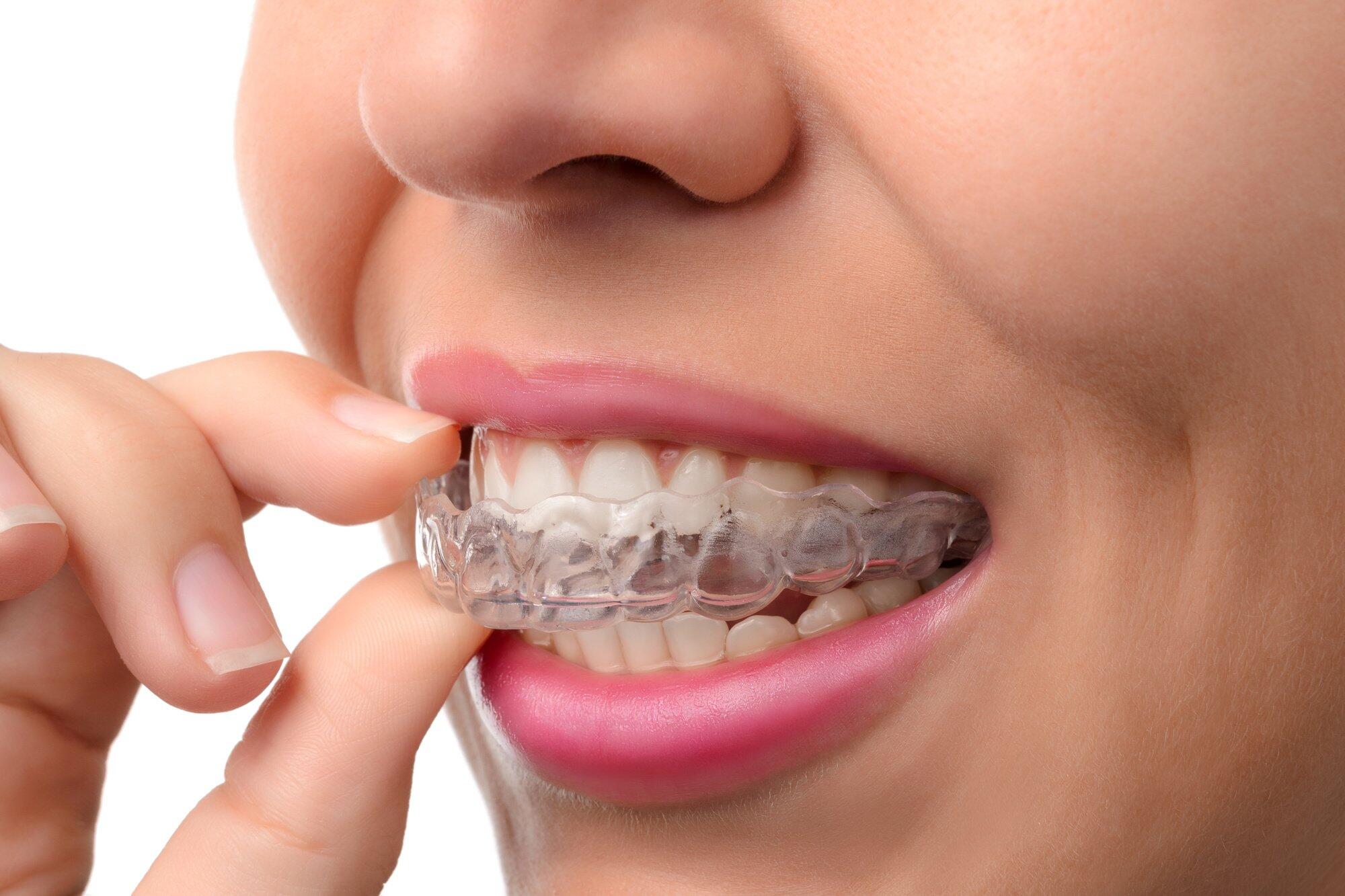8 Simple Techniques For All Star Family Orthodontics
8 Simple Techniques For All Star Family Orthodontics
Blog Article
How All Star Family Orthodontics can Save You Time, Stress, and Money.
Table of ContentsThe Best Strategy To Use For All Star Family OrthodonticsAll Star Family Orthodontics Can Be Fun For EveryoneThe Facts About All Star Family Orthodontics RevealedThe Ultimate Guide To All Star Family OrthodonticsFascination About All Star Family Orthodontics

In addition, we offer adjustable therapy routines, flexible repayment options and an enjoyable, enjoyable experience.
An orthodontist is a dental practitioner educated to diagnose, avoid, and deal with teeth and jaw irregularities. Orthodontists work with individuals of all ages, from youngsters to grownups.
Malocclusion, or misaligned teeth, can cause dental concerns, including dental cavity, periodontal disease, and difficult or painful eating. Yet not everybody is born with straight teeth. If you have a poor bite or big spaces in between your teeth, you may wish to speak with a dental practitioner specializing in orthodontic care.
The Basic Principles Of All Star Family Orthodontics
(Photo Credit Rating: DigitalVision/Getty Images) Orthodontists utilize repaired and removable dental gadgets, like braces, retainers, and bands, to change the position of teeth in your mouth. Orthodontic treatment is for dental problems, including: Jagged teethBite problems, like an overbite or an underbiteCrowded teeth or teeth that are as well much apartJaw misalignmentThe objective of orthodontic treatment is to boost your bite.
While you might believe of orthodontists as generally for youngsters or teenagers who need braces, they can fix oral problems at any type of age. Orthodontists go to college, dental institution, and orthodontic school.
, but not all dental experts are orthodontists. They focus on 2 locations: Exactly how to appropriately and safely relocate teeth Exactly how to effectively direct development in the teeth, jaw, and faceOnce an orthodontist has actually completed training, they have the choice to come to be board accredited.
Rumored Buzz on All Star Family Orthodontics
Misalignment, or malocclusion, is one of the most usual factor individuals see an orthodontist. It is genetic and is the outcome of dimension differences between the top and reduced jaw or between the jaw and teeth. Malocclusion brings about tooth congestion, an askew jaw, or irregular bite patterns. Malocclusion is normally treated with: Your orthodontist attaches steel, ceramic, or plastic square bonds to your teeth.
If you have just minor malocclusion, you might have the ability to make use of clear dental braces, called aligners, as opposed to typical dental braces. Some people require a headgear to help move teeth right into line with pressure from outside the mouth. After dental braces or aligners, you'll need to put on a retainer. A retainer is a customized tool that keeps your teeth in position.

You click resources may need to see an orthodontist if you have: Crowding or not sufficient space for all of your teethOverbite, when your upper teeth come over your bottom teethUnderbite, when your base teeth are also much forwardSpacing or problems with gapsCrossbite, which is when your upper teeth fit behind your bottom teeth when your mouth is closedOpen bite or a vertical space between your front bottom and top teethMisplaced midline, when the facility of your bottom and upper teeth do not align Remedying a dental malocclusion can: Make biting, chewing, and talking easierImprove the balance of our face and your total appearanceEase discomfort from temporomandibular joint problemsDifferent your teeth and make them less complicated to clean up, helping stop dental cavity or dental caries It's often a dental expert who first notifications misaligned teeth throughout a regular test.
8 Easy Facts About All Star Family Orthodontics Described
During your first orthodontic examination, you'll likely have: An oral examPhotos taken of your face and smileDental X-raysPanoramic (360 level) X-rays of your face and headImpressions to produce molds of your teethThese examinations will aid your orthodontist understand how to continue with your therapy. An orthodontist is a dental professional that's had training to treat your teeth and jaw.
Orthodontists are dental experts but not all dental experts are orthodontists. Orthodontists are concentrated on your bite, or the way your teeth fit with each other, and the straightness of your teeth.

By carefully examining these aspects, the orthodontist can identify any kind of imbalances, crowding, spacing issues, or jaw disparities. Once a clear image is established, the orthodontist will certainly talk about personalized therapy alternatives.
The Greatest Guide To All Star Family Orthodontics
While braces are the most commonly identified orthodontic treatment, orthodontists have a diverse toolkit at their disposal. The specific technique picked depends upon the severity of the situation, the person's age, and specific choices. These reliable dental braces utilize a system of braces adhered to the teeth and connected by cables.
Clear aligners, like Invisalign, are a prominent alternative for clients looking for a more discreet therapy option. These removable trays are custom-made to progressively move the teeth's setting. Headwear may be made use of together with dental braces or aligners to apply additional targeted forces, particularly for correcting jaw inconsistencies. In instances of narrow jaws, palatal expanders can be used to develop area for appropriate tooth positioning.
Report this page